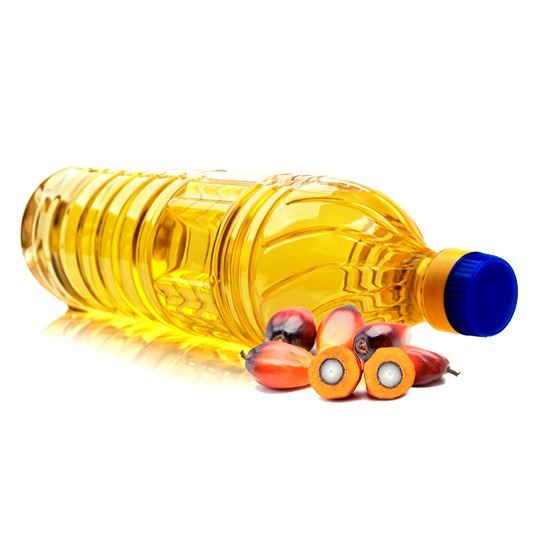Appearance
Light Yellow Liquid
Common Names
RBD PKO
Packaging
190 kg Plastic Drum
RBD palm kernel oil is made from crude palm oil by physical refining, and crude palm oil is extracted from oil palm seeds. It is a solid in cold climates and semi-solid at room temperature. Its melting point is between 25-27 degrees Celsius. It has a sharp solid fat melting curve, making it a premium raw material for specialty fats.
In order to improve the resistance of crude palm kernel oil against oxidation and to improve the nutritional properties of crude palm oil, it is necessary to treat the crude palm kernel oil through a series of processes, namely degumming, bleaching and deodorizing (collectively referred to as refining).
RBD palm kernel oil is used for fats and non-edible fats. It is used in the manufacture of margarine, specialty fats, filled cream, ice cream, filled milk, coffee whiteners in the food industry. It is also used in the oleochemical industry to produce fatty acids, fatty alcohols, fatty acid esters, soap noodles.
Manufacturing Process
The refinement of crude palm kernel oil is similar to that of crude palm oil. The main difference lies in the use of low bleaching earth compared to CPO because CPKO is relatively free of carotene and CPKO contains low fatty acids and therefore is performed at relatively low temperatures. Due to higher efficiency, lower losses (refining factor <1.3), lower operating costs, less capital investment, and less water discharge, physical refining of crude palm kernel oil is a more common refining process. This is a continuous process consisting of two steps: pretreatment and steam distillation.
Pretreatment: Crude palm kernel oil is mixed with 80-85% phosphoric acid at a flow rate of 0.05-0.2%, and the mixture is heated to 90-110°C. The heated mixture was left for a residence time of 15-30 minutes and then passed through a bleacher and bleaching earth was added as a slurry. The bleaching process is carried out at a temperature of 95-110° C. under a vacuum of 20-25 mm Hg, with an interval of 30-45 minutes. Since carotene hardly contains crude palm kernel oil, less than 1% of bleaching earth is needed in this process.
Deodorization: The pretreated palm kernel oil was degassed to avoid any oxidation at high temperatures, and then the oil was heated to 230-250 °C in an external heat exchanger. Superheated high-pressure steam is used to heat the oil. The heated oil is then sent to the deodorizer, which is maintained under a vacuum of 2-5 mm Hg. The temperature should not exceed 250 °C to avoid the loss of neutral oils and thermochemical reactions. Under such conditions, with the aid of stripping steam, the free fatty acids that may still be present in the pretreated oil are distilled together with the more volatile odorous and oxidative products (such as ketones and aldehydes), which produces an undesired taste and odor to the refined oil.
Oil Industry
It is used to derive different kinds of fatty acids. Lauric acid, myristic acid and oleic acid are derived from palm kernel oil because these fatty acids exist in large composition compared to other fatty acids.
Other Applications
RBD Palm kernel oil is used to manufacture a variety of soap noodles. Hygienic and multi-purpose soap surfaces are made from different proportions of palm oil. The quality of soap noodles depends on the mixing ratio of the two oils
Food Industry
RBD Palm Kernel Oil is also a common material used in the food industry, mainly in the manufacturing of shortening, ice cream, and filled milk.
